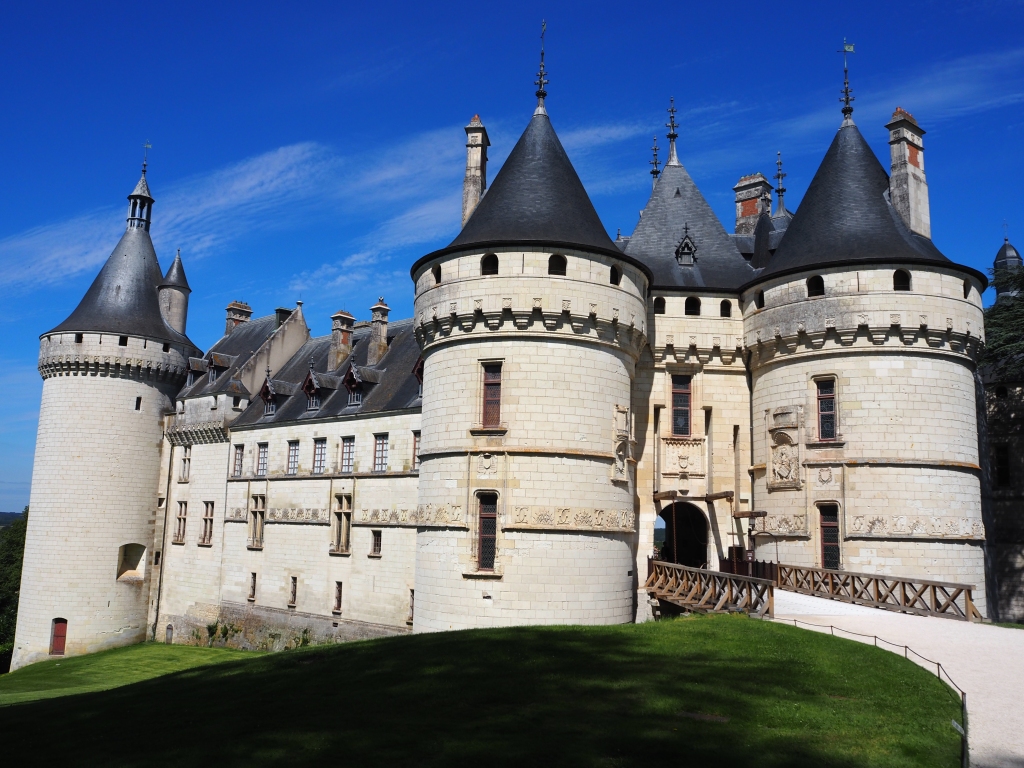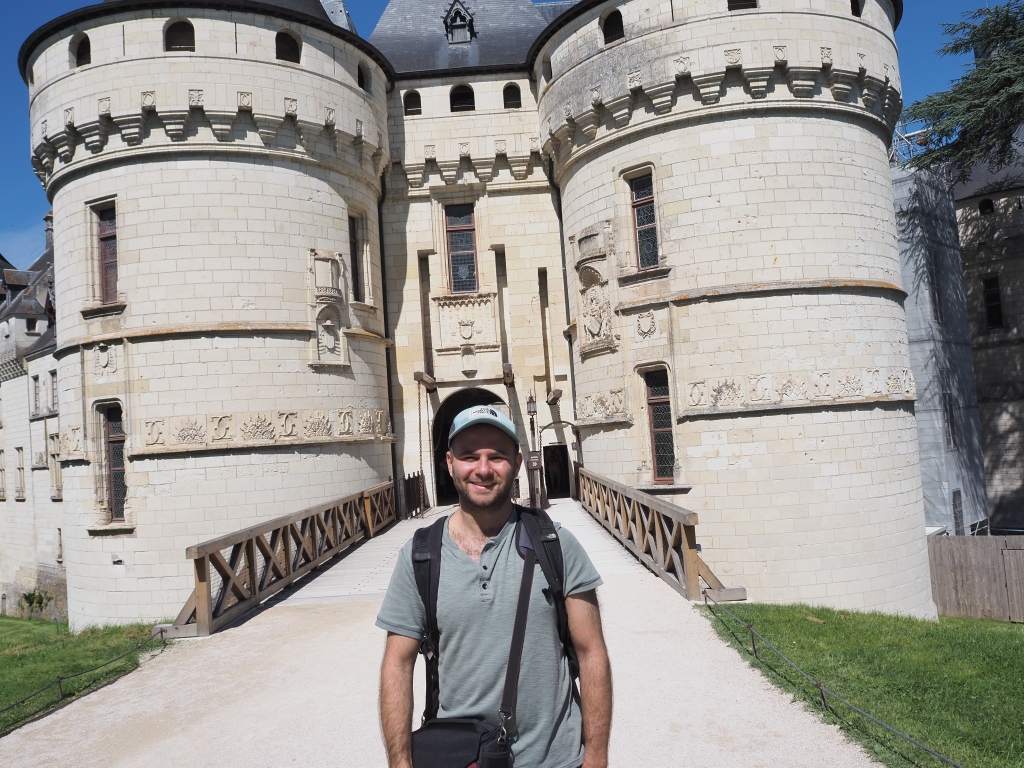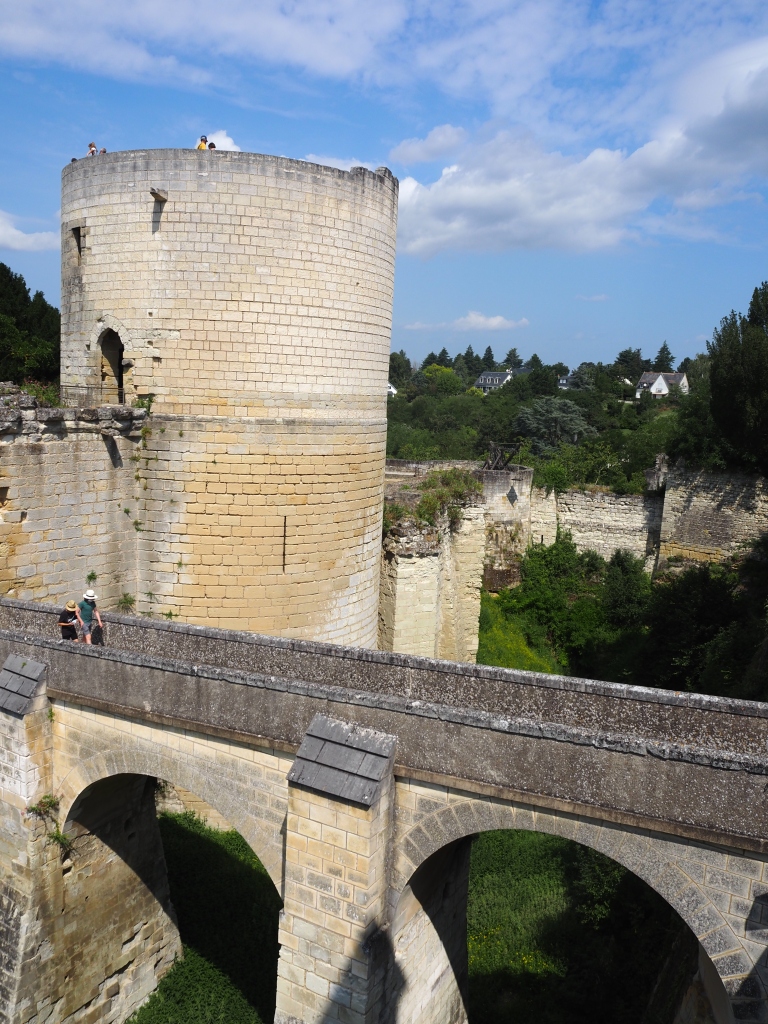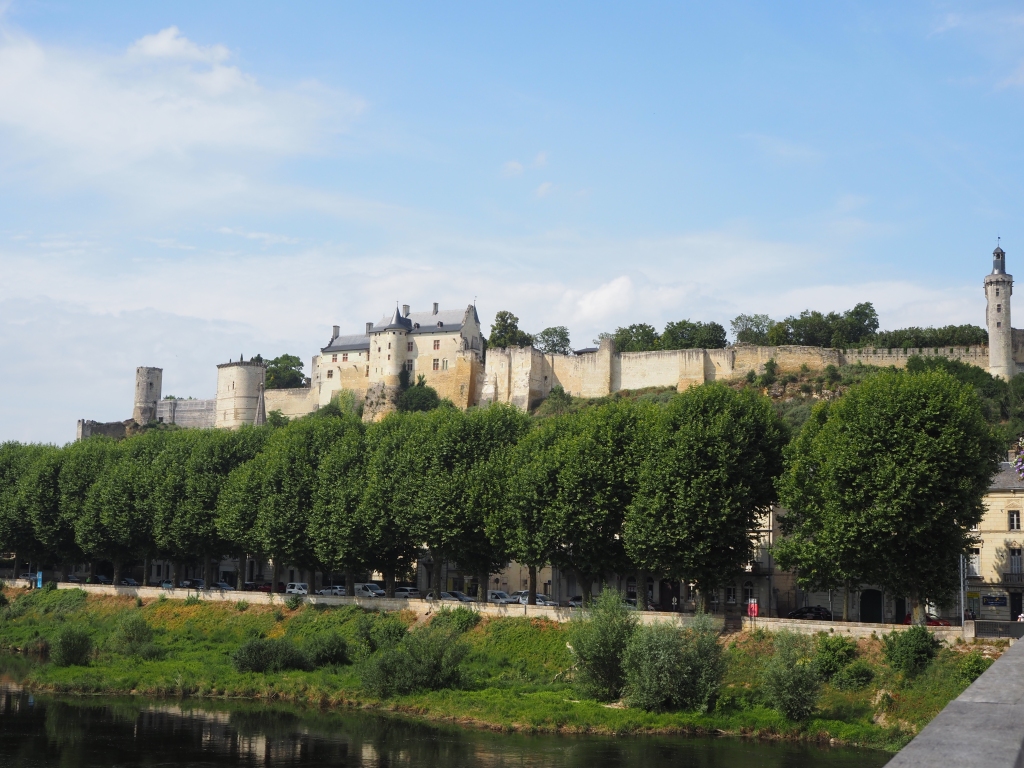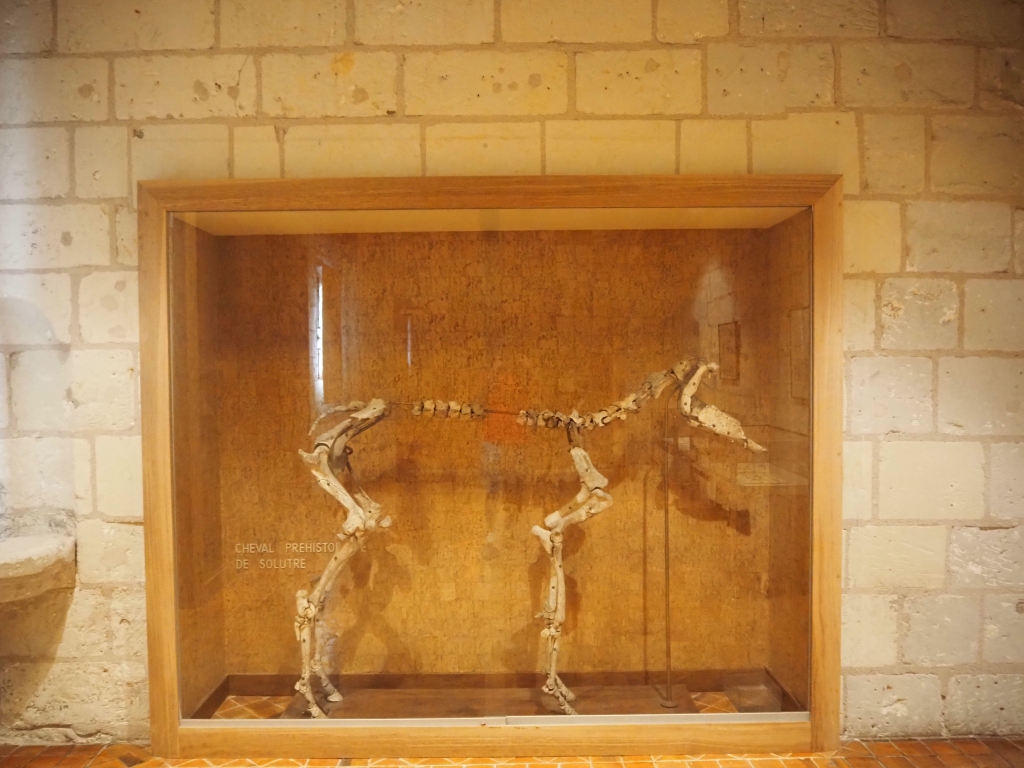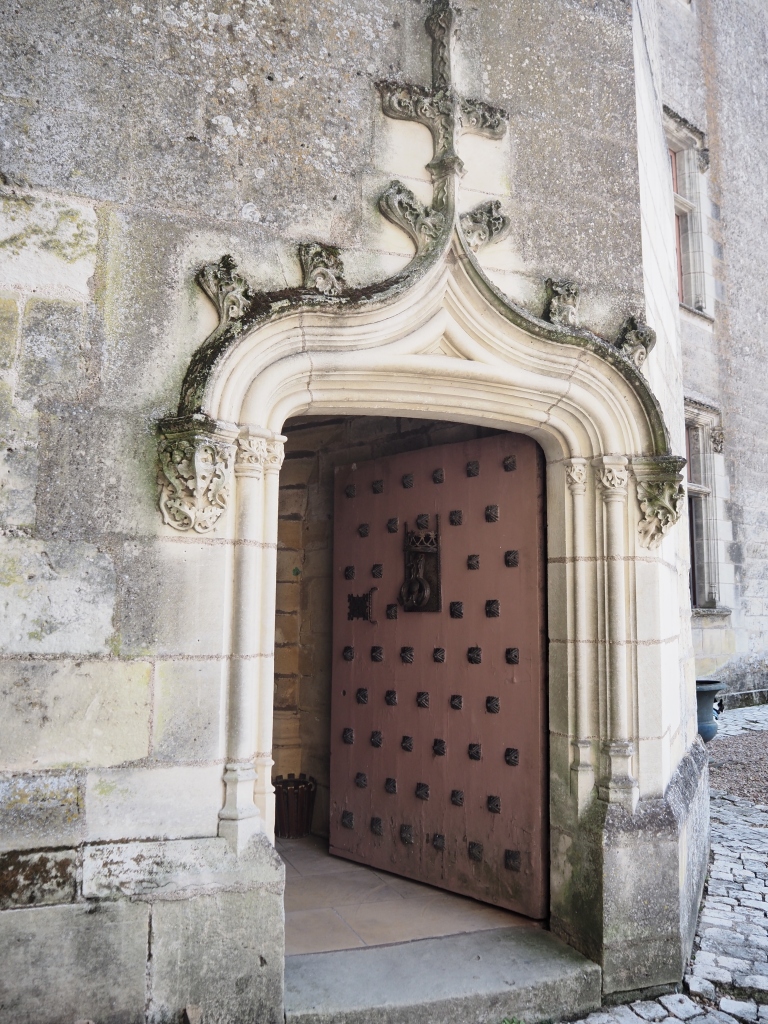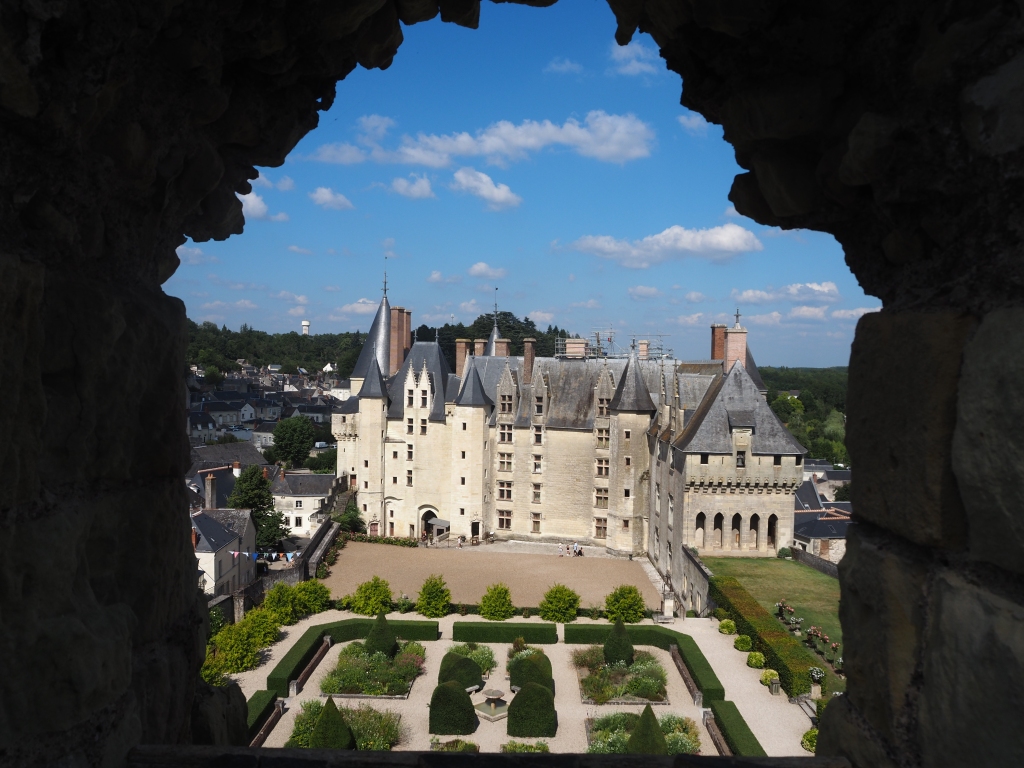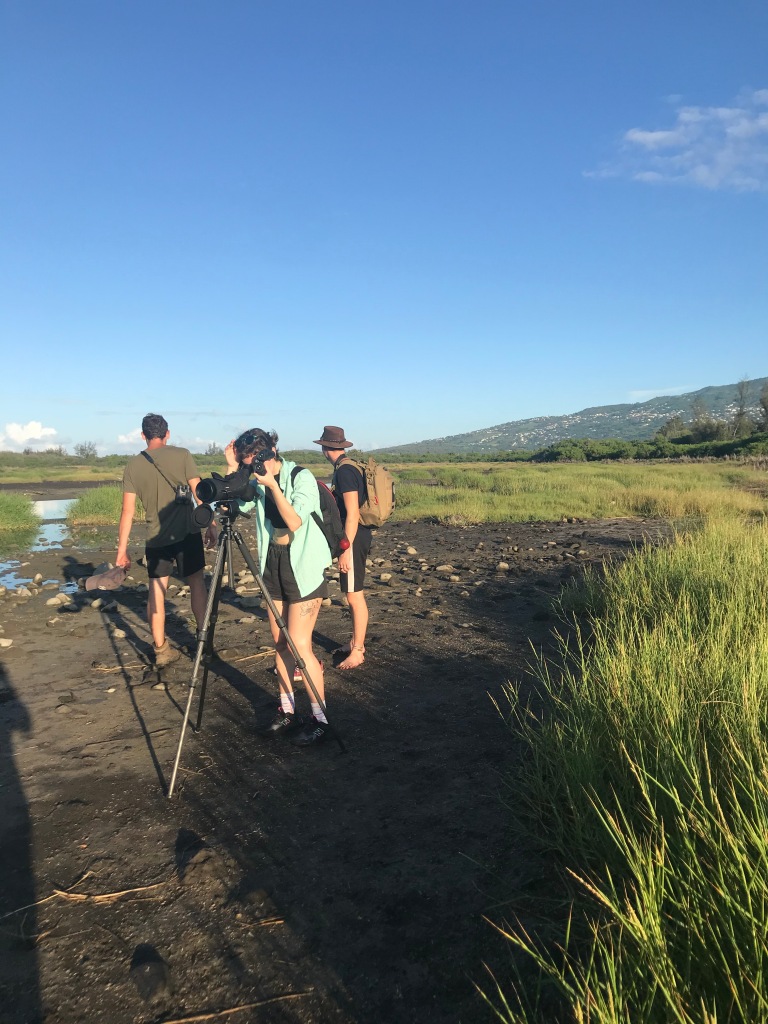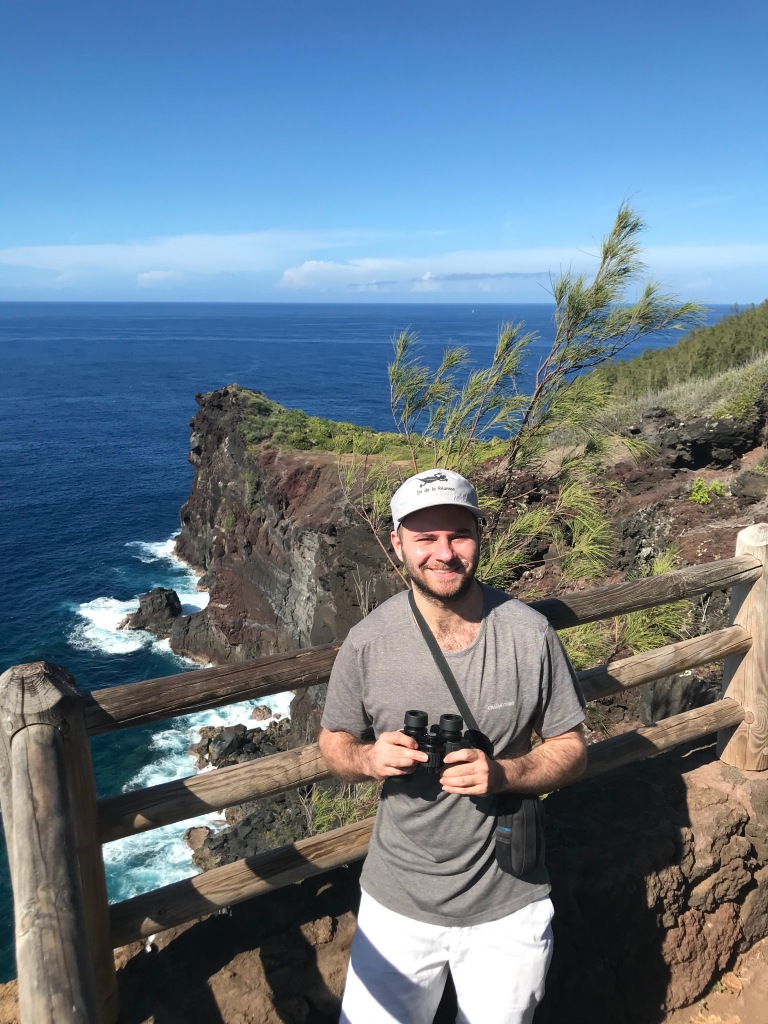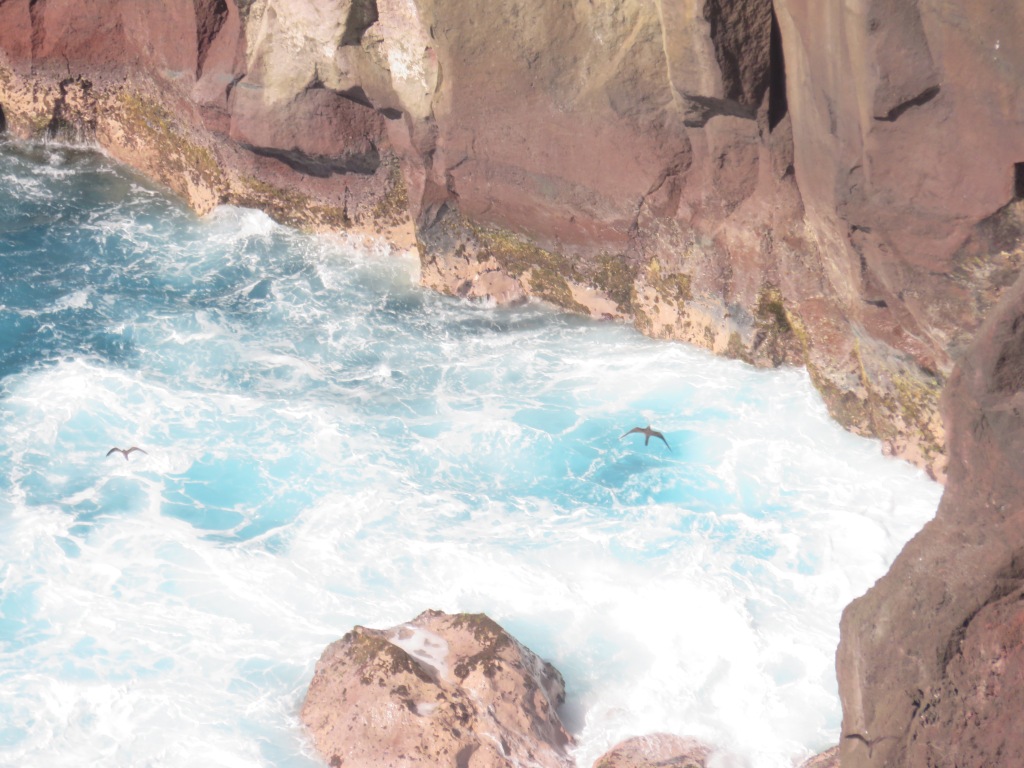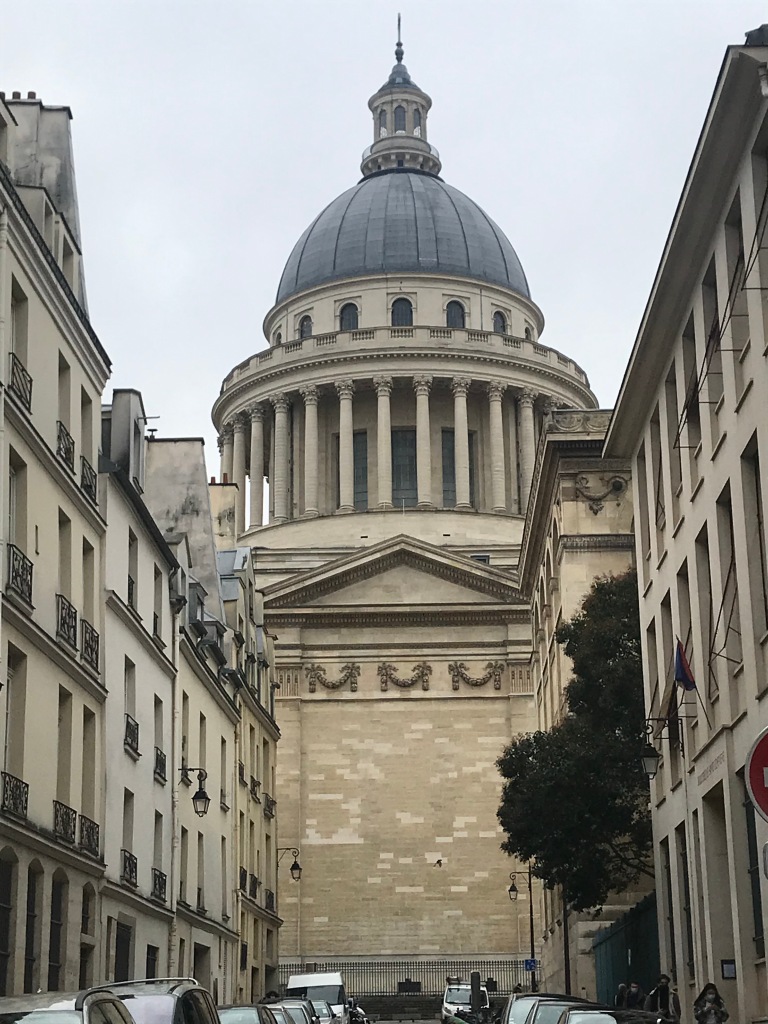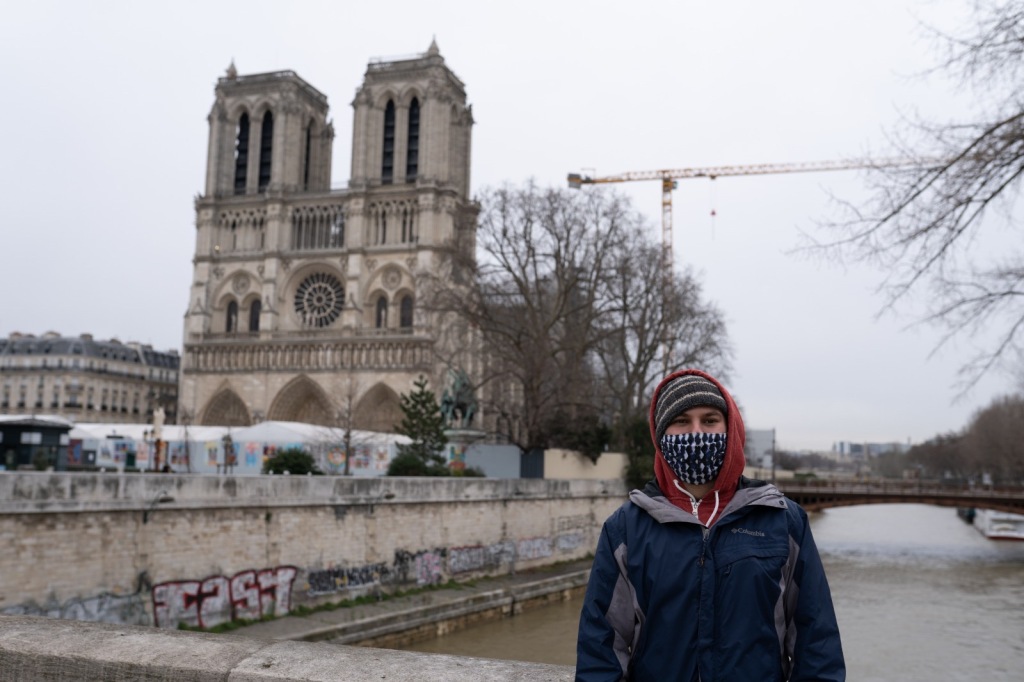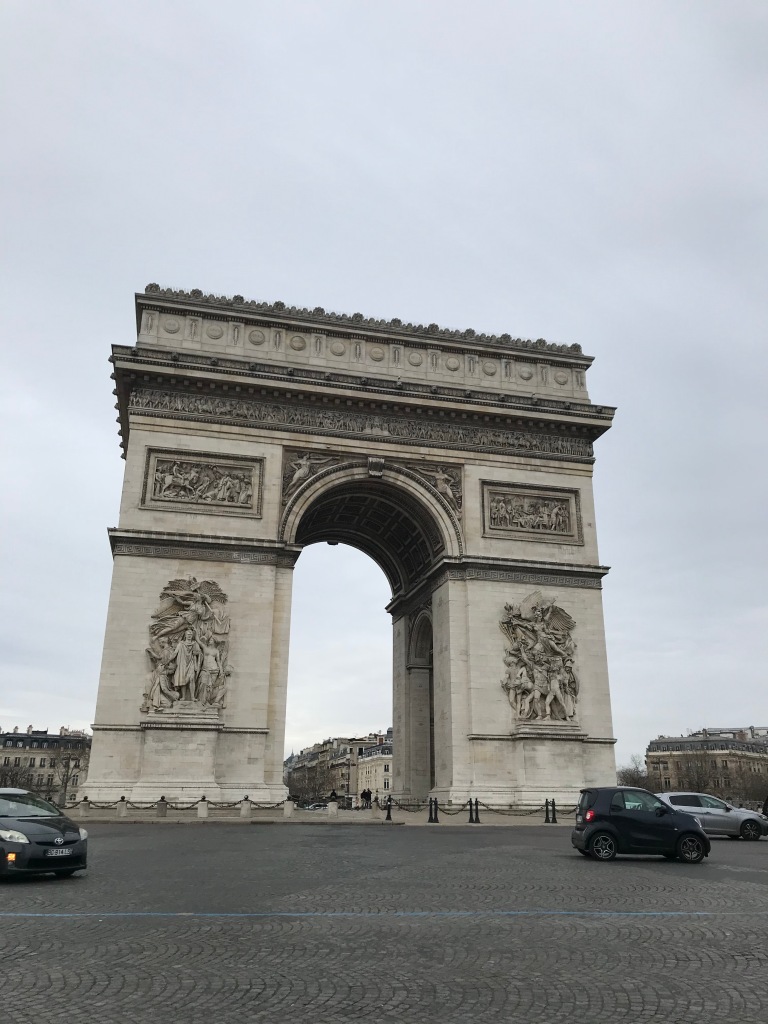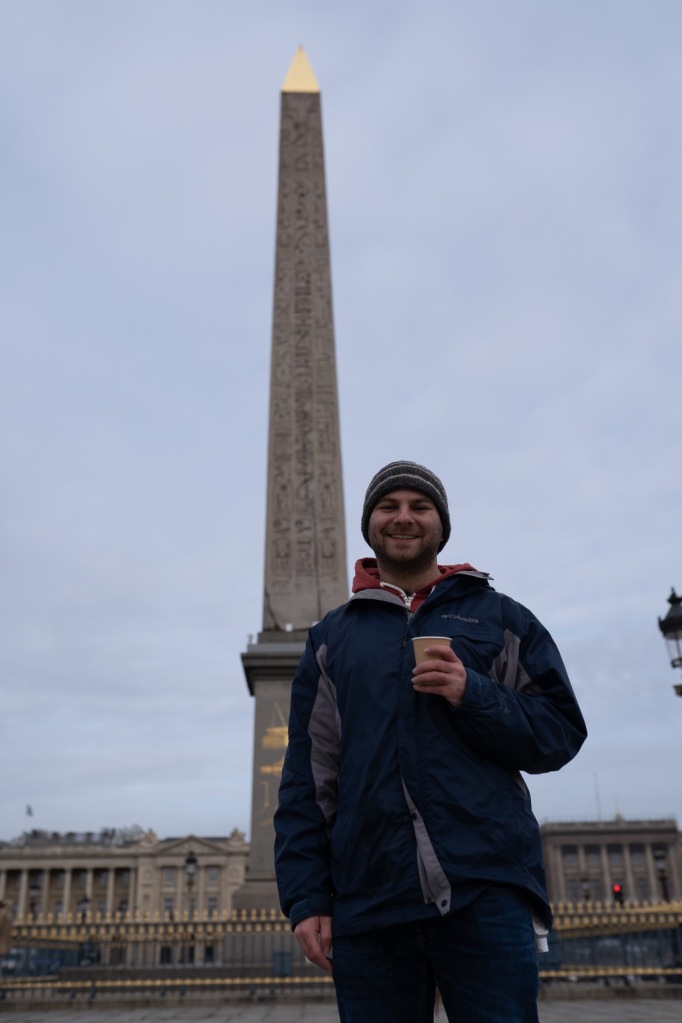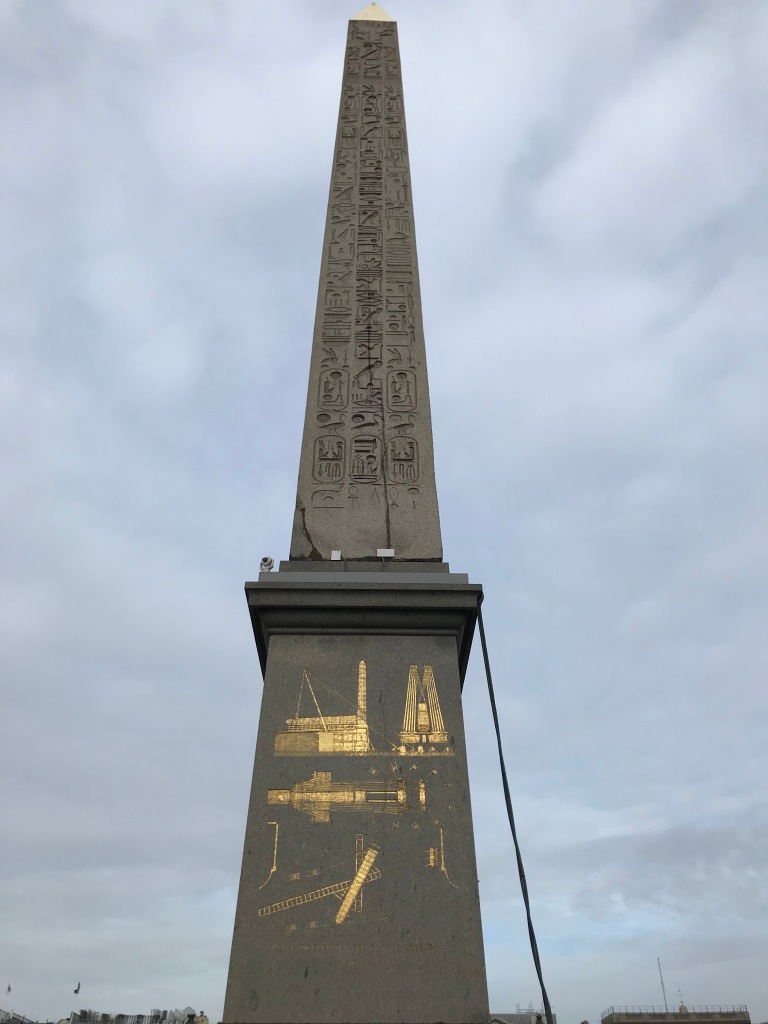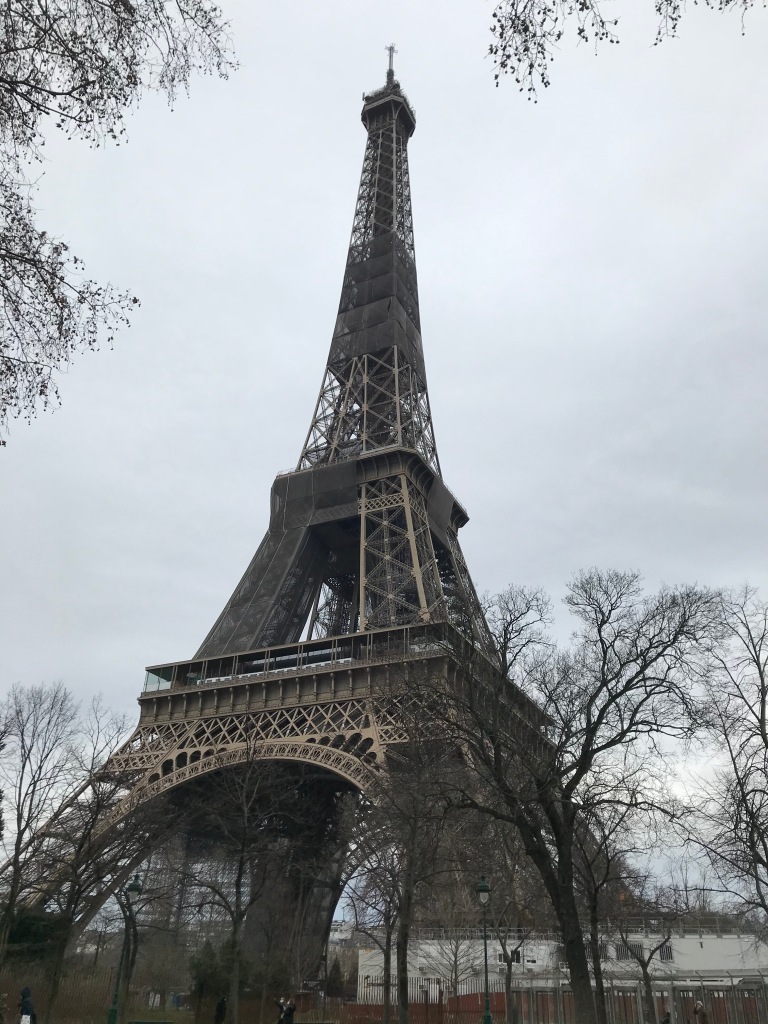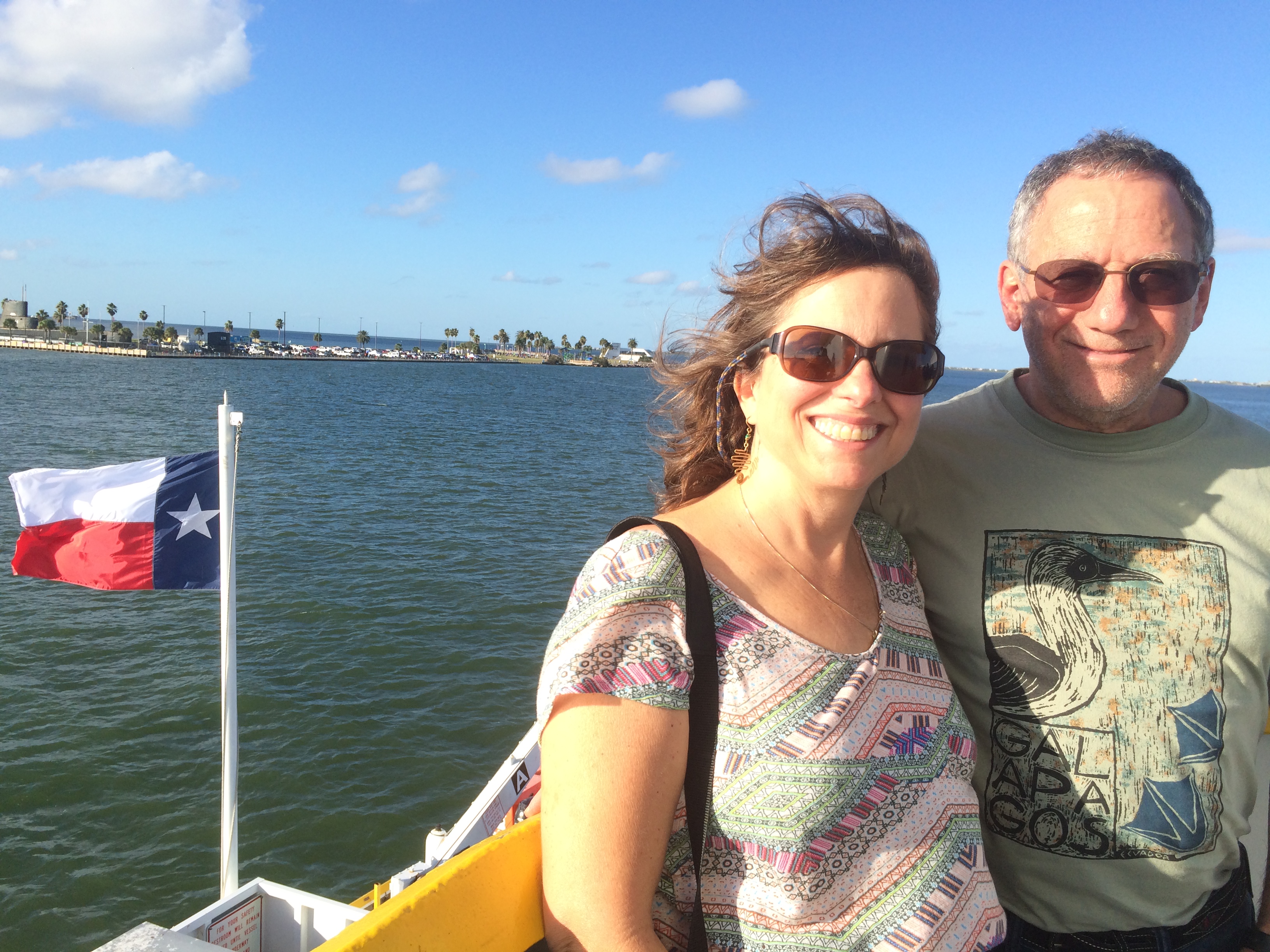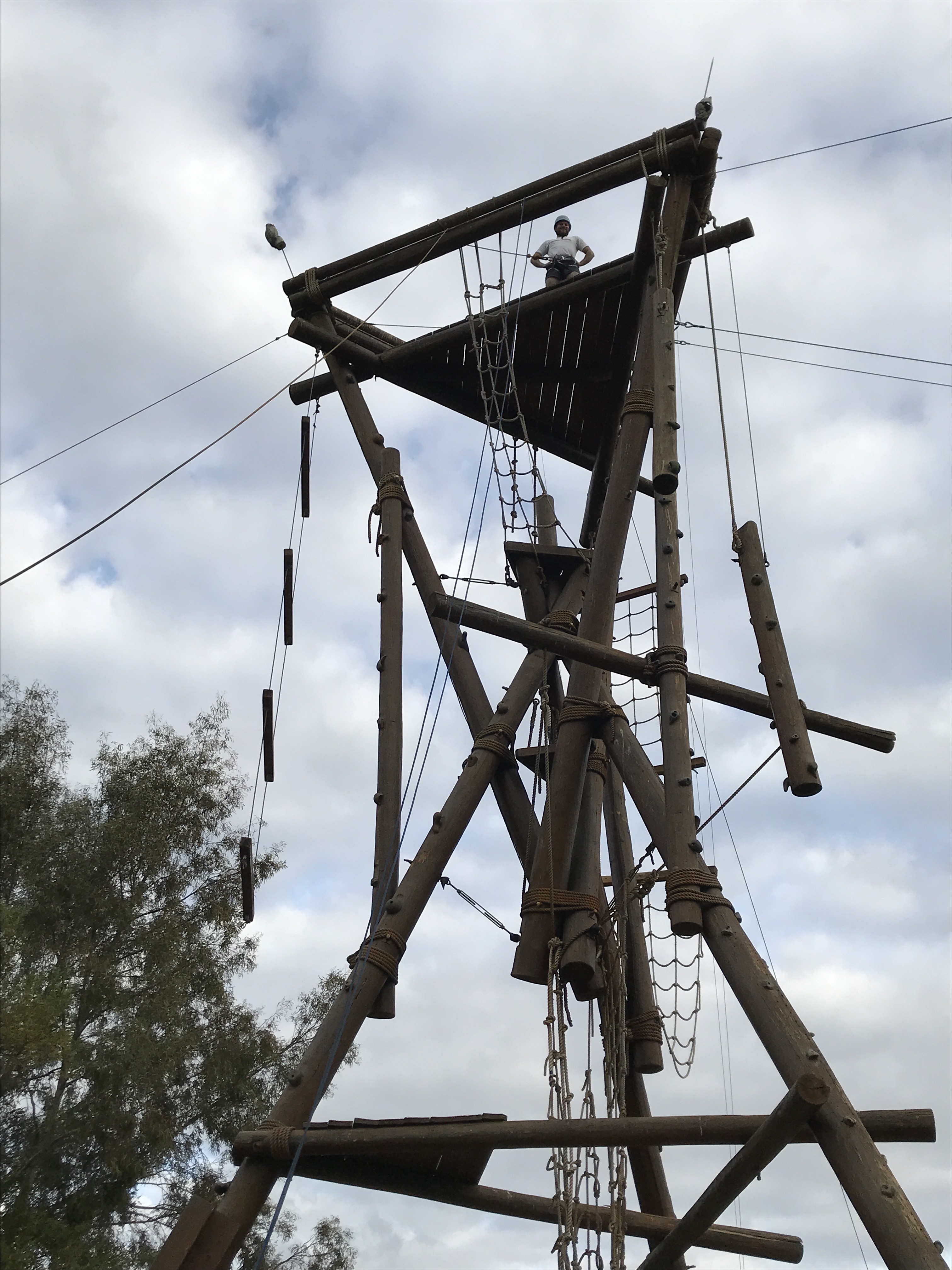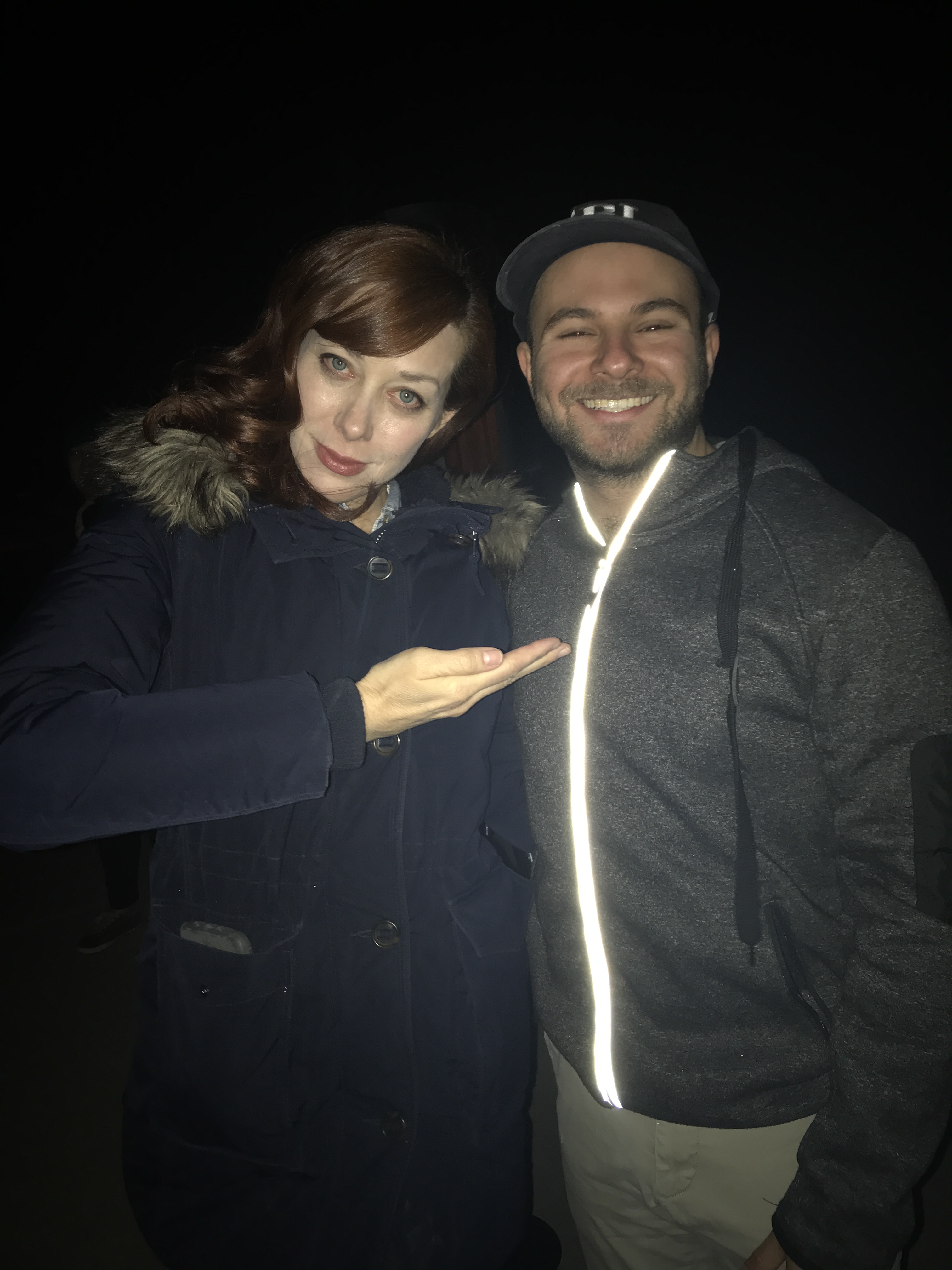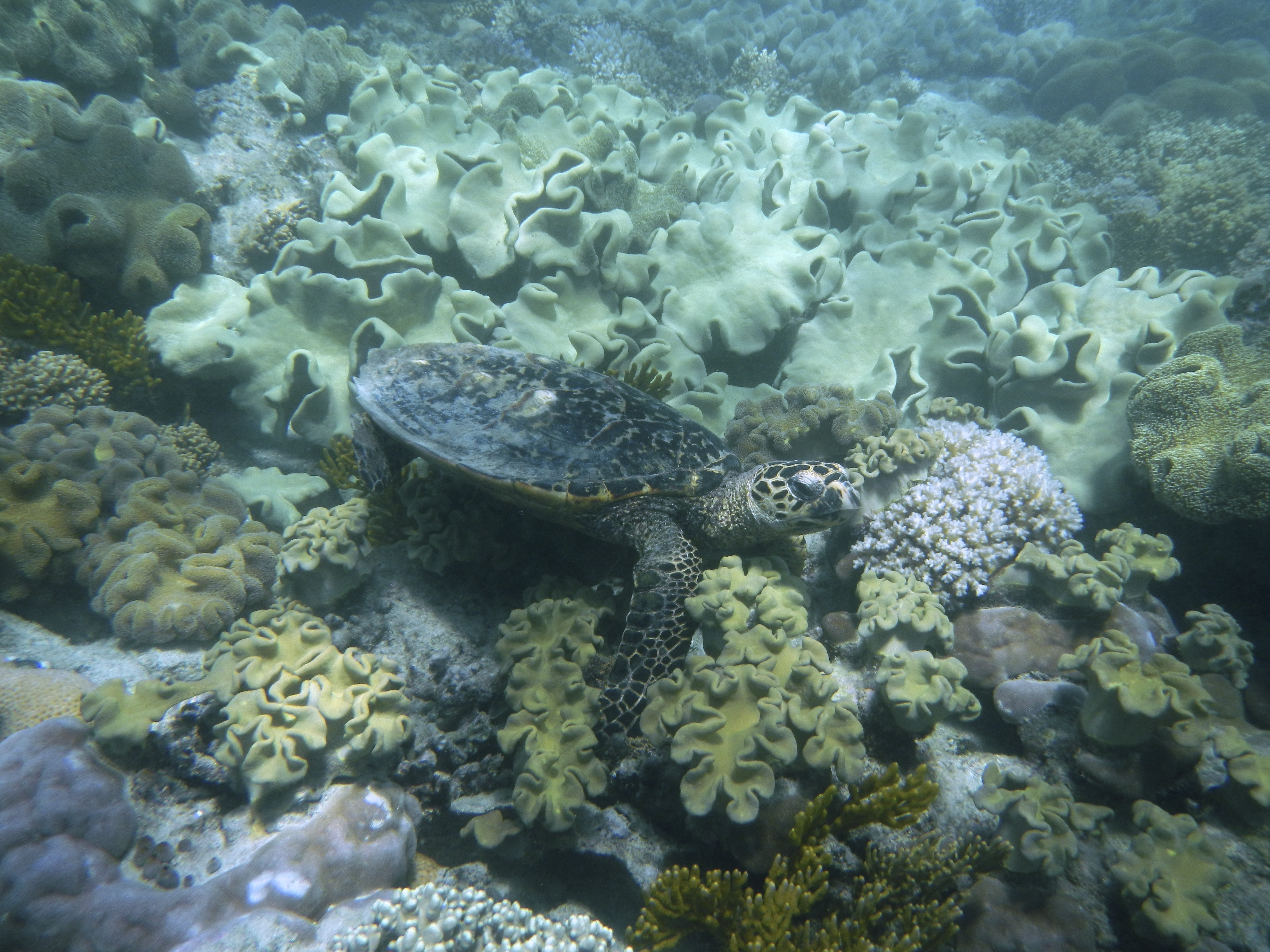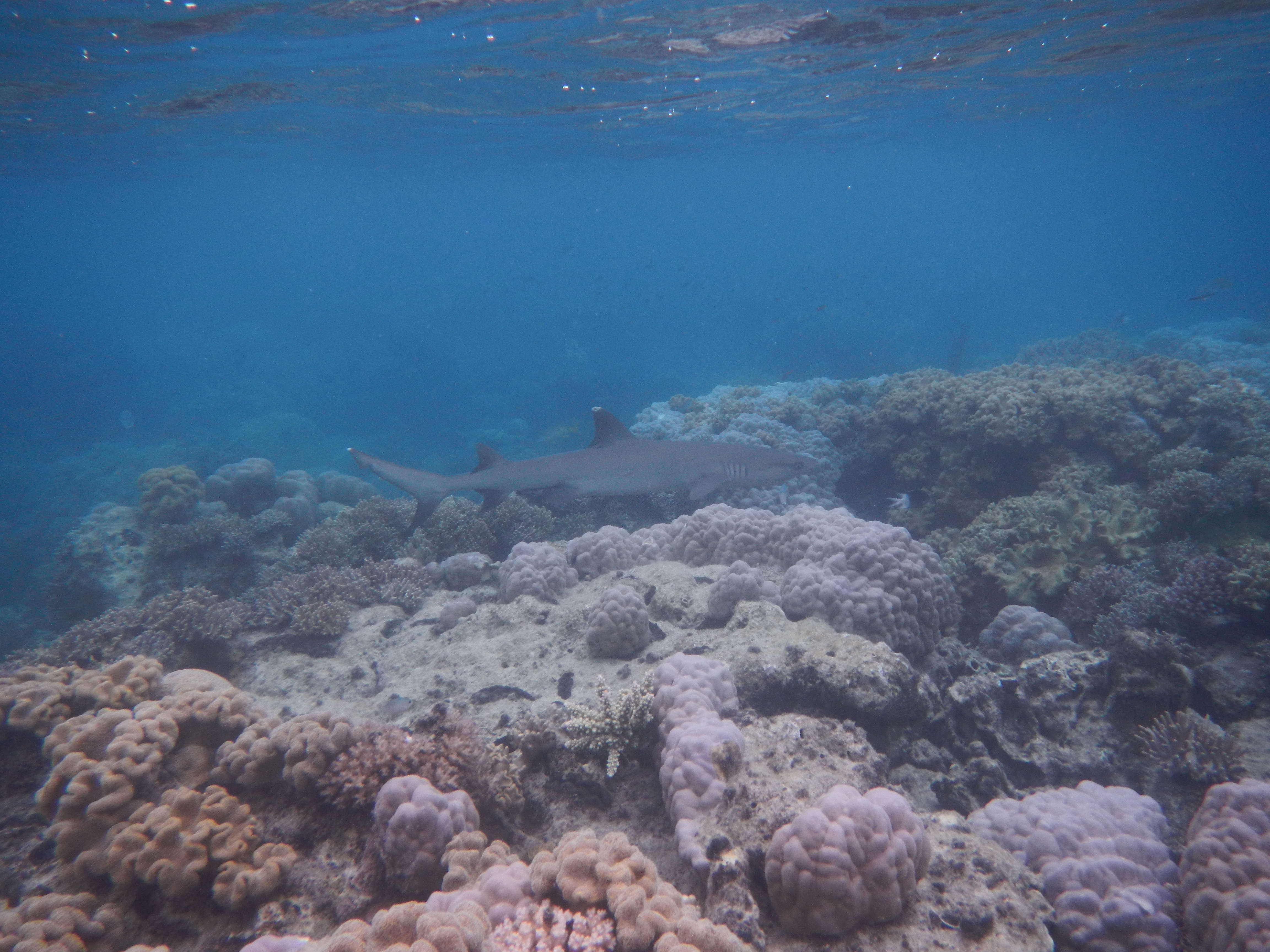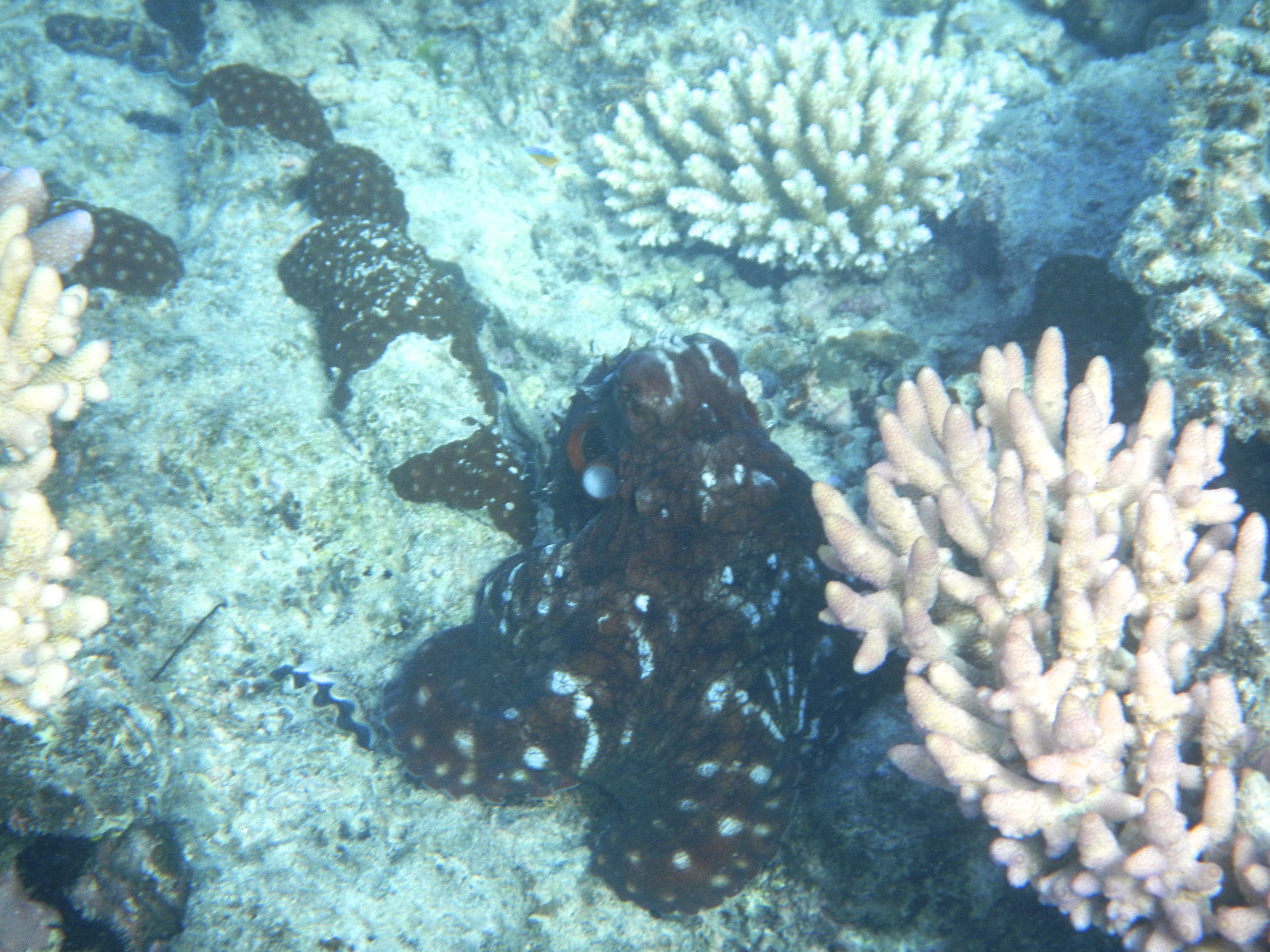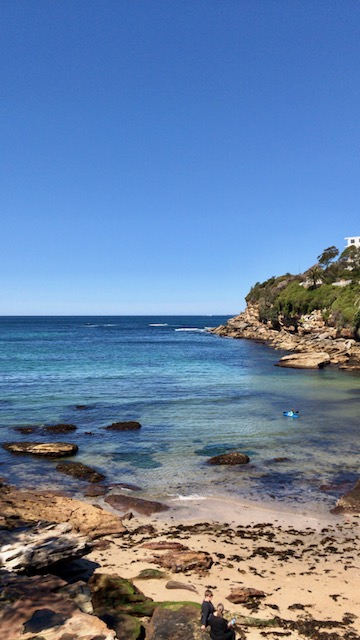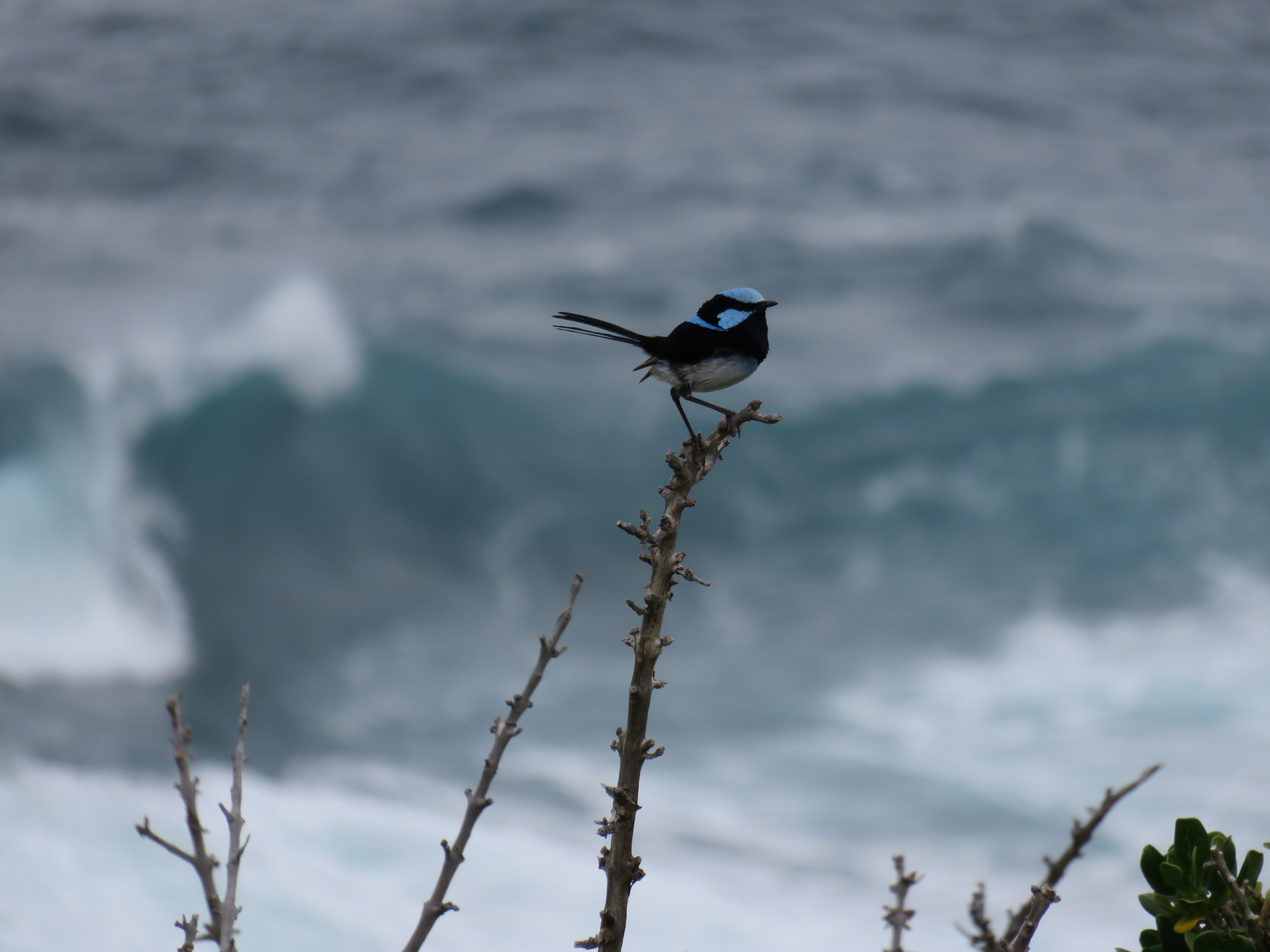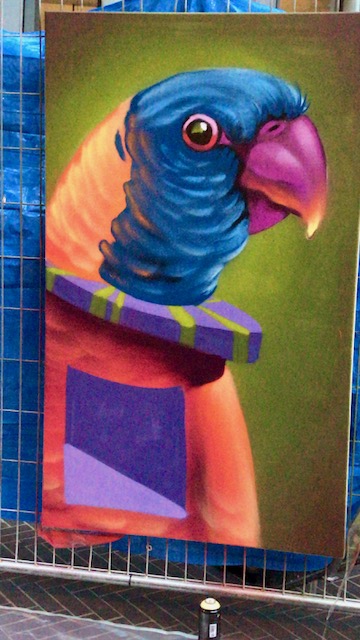Castle Dreams
Well if I ever dreamed of being a princess, surely this castle would have done the trick. The large cylindrical columns make it like a fantasy. I adore wandering the large grounds and learning about the history of Chaumont, owned by Catherine di Medici and swapped with Diane Pointier for Chenonceau (more on that later). Most of the interior is newly decorated, but the exterior is beautiful; I spend an hour photographing and even longer admiring all the nature-themed artwork on the massive castle grounds.
I take a pit stop in Amboise by accident, I have to leave the train after a mixup with the ticket and the conductor. But I’m glad I did! The fun exterior overlooking the city has cool castle vibes, with a bit older, more medieval style. I enjoy the old city as well and the market for wine tastings from local vineyards.
The best is Chenonceau—the women’s castle. Owned almost exclusively by influential women over the centuries, they shaped and saved the original building, expanding upon it in their own way. I love the way the castle straddles over the river and the original castle tower—as if Rapunzel were stuck up at the top. The castle interior has decor in such a way as to imagine how they lived their lives. Crossing the moat to the beautiful woods across the way, I had trouble getting back in without the exit stamp. I have to finagle my way back into the castle, describing the attendant who failed to give me a stamp, and I am allowed to continue the rest of the tour. This castle has beautiful gardens too!
The fortress of Chinon is more medieval in style and build. For Henry II, a British King who used it as a stronghold a millennium ago. He perpetuated the legend of Arthur to propaganda his agenda as a war against France and a United British kingdom. He was betrayed by his son Richard Lionheart who teamed up with the French to get the castle back. The nice old towers still stand; I go up and down spiral staircases and use a tablet to project images of what life used to be. The castle was an important place of Joan of Ark, and the knights of Templar were held captive here. I enjoy how the exhibits tie the history of what happened to legends and popular culture.
Chinon has a cute medieval town too, with the iconic wooden-planked buildings characteristic of medieval times. Tours has beautiful remains of an ancient citadel and medieval town, with the same wood planks mixed with brick, quite common at the time and giving the place a quant feel. It seems as if people should be eating mutton as opposed to crepes, but I enjoy the modern advantages of some falafel and ice cream.
My last day I absolutely adore the castles! I drool over the external medieval decor, and inside the castle of Saumur has a little museum of some artwork. There is another medieval style town surrounding the castle. I absolutely adore Langais, the town and castle. It still has the old 1000 year old keep; the oldest remaining chateau in France. The rest of the castle is renaissance style, beautifully restored and decorated as if it were still in use by an owner. Even actors help bring the scenes to life! Though exhibits and presentations are mainly in French, it is good practice and fun to learn about the eloping of Charles VII and Anne of Brittany here, which brought the province of Brittany into the French kingdom.
I enjoy a complimentary tasting of Boulgelois wine afterwards. I learn that the flavor depends on the soil, with deeper roots absorbing more tannins and adding a stronger flavor, while shallow roots contributing to a sweeter flavor. Older wines allow the tannins to subside with time, so after 15 years is a bit more smooth. Delicious!
